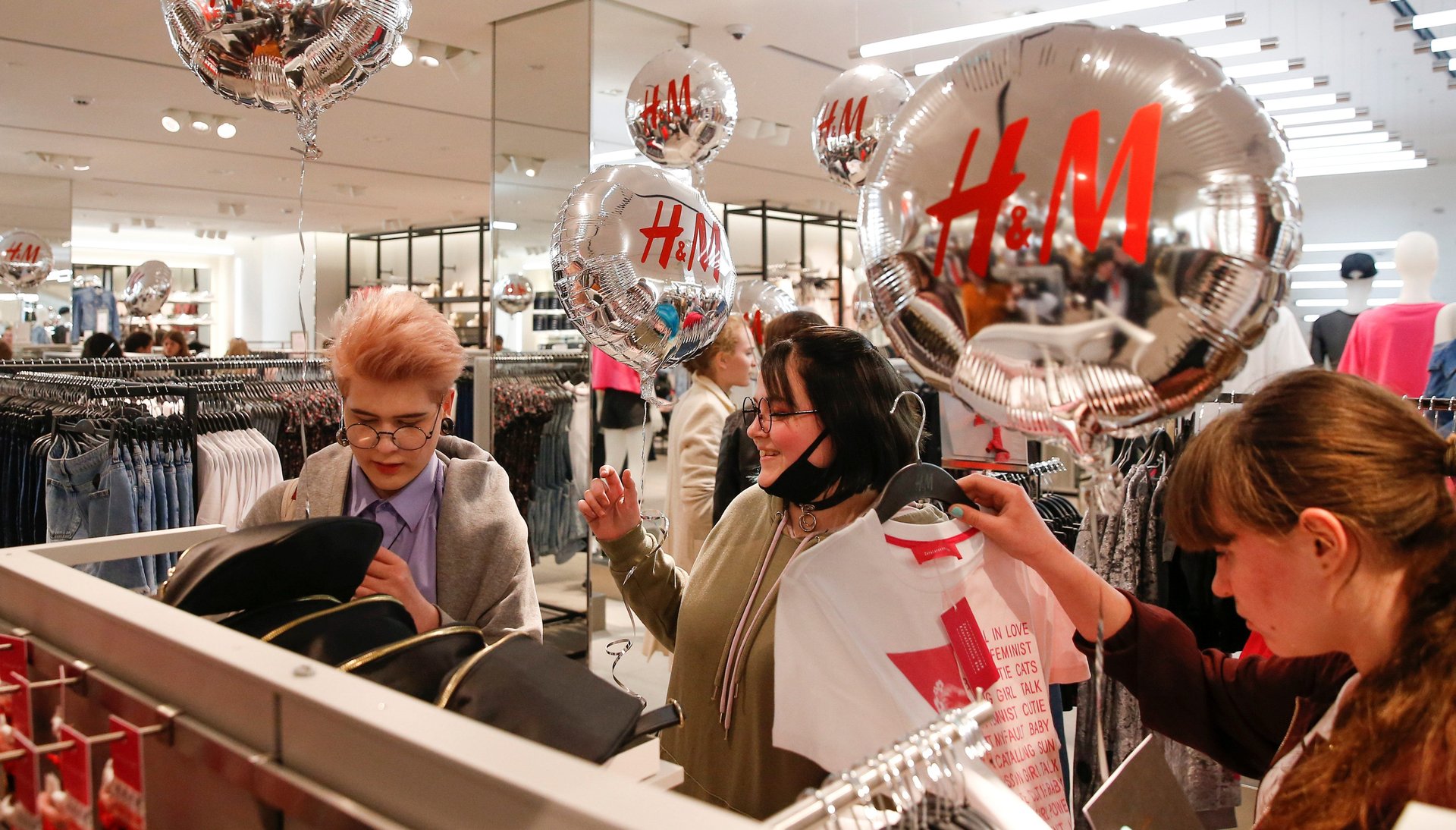A Swedish power plant is burning discarded H&M clothes for fuel
A Swedish power plant that aims to eliminate the use of fossil fuels by 2020 has taken to burning recycled wood and garbage—including clothes from H&M’s central warehouse, as first reported on Swedish public television.


A Swedish power plant that aims to eliminate the use of fossil fuels by 2020 has taken to burning recycled wood and garbage—including clothes from H&M’s central warehouse, as first reported on Swedish public television.
“For us it’s a burnable material,” said Jens Neren, head of fuel supplies at Malarenergi AB, which owns and operates the plant in Vasteras, about 100 kilometers (62 miles) from Stockholm. “Our goal is to use only renewable and recycled fuels.”
According to Bloomberg, the plant has burned about 15 tons of discarded clothing from H&M so far in 2017, making it a minuscule percentage of the 400,000 tons of trash it has burned to supply power to about 150,000 households. The clothes, according to H&M’s head of communications, Johanna Dahl, are burned because they’re unsafe for wearing.
“It is our legal obligation to make sure that clothes that contain mold or do not comply with our strict restriction on chemicals are destroyed,” Dahl told Bloomberg.“H&M does not burn any clothes that are safe to use.”
While Sweden is a leader in eliminating the use of fossil fuels, the fast fashion cycle encouraged by brands such as H&M is far from sustainable, as 15 tons of discarded clothing from a single warehouse would indicate.
Beyond the staggering resources required to produce H&M’s hundreds of millions of products globally each year, fast fashion encourages an environmentally catastrophic cycle that sees manufacturers producing ever-increasing quantities to meet rising demands in markets such as Brazil, China, India, Mexico, and Russia. According to a 2016 McKinsey study, clothing production worldwide doubled between 2010 and 2014, and from 2000 to 2011 the average number of annual collections produced by European apparel companies rose from two to five.
It’s a lot of material for one planet to handle. Plus, when clothes are so cheap, customers value them less, making them even likelier to end up in landfills—if they’re not in an incinerator first.
🌍 Quartz is running a series called The Race to Zero Emissions that addresses the challenges and opportunities of climate action. Sign up here to be the first to know when stories are published.